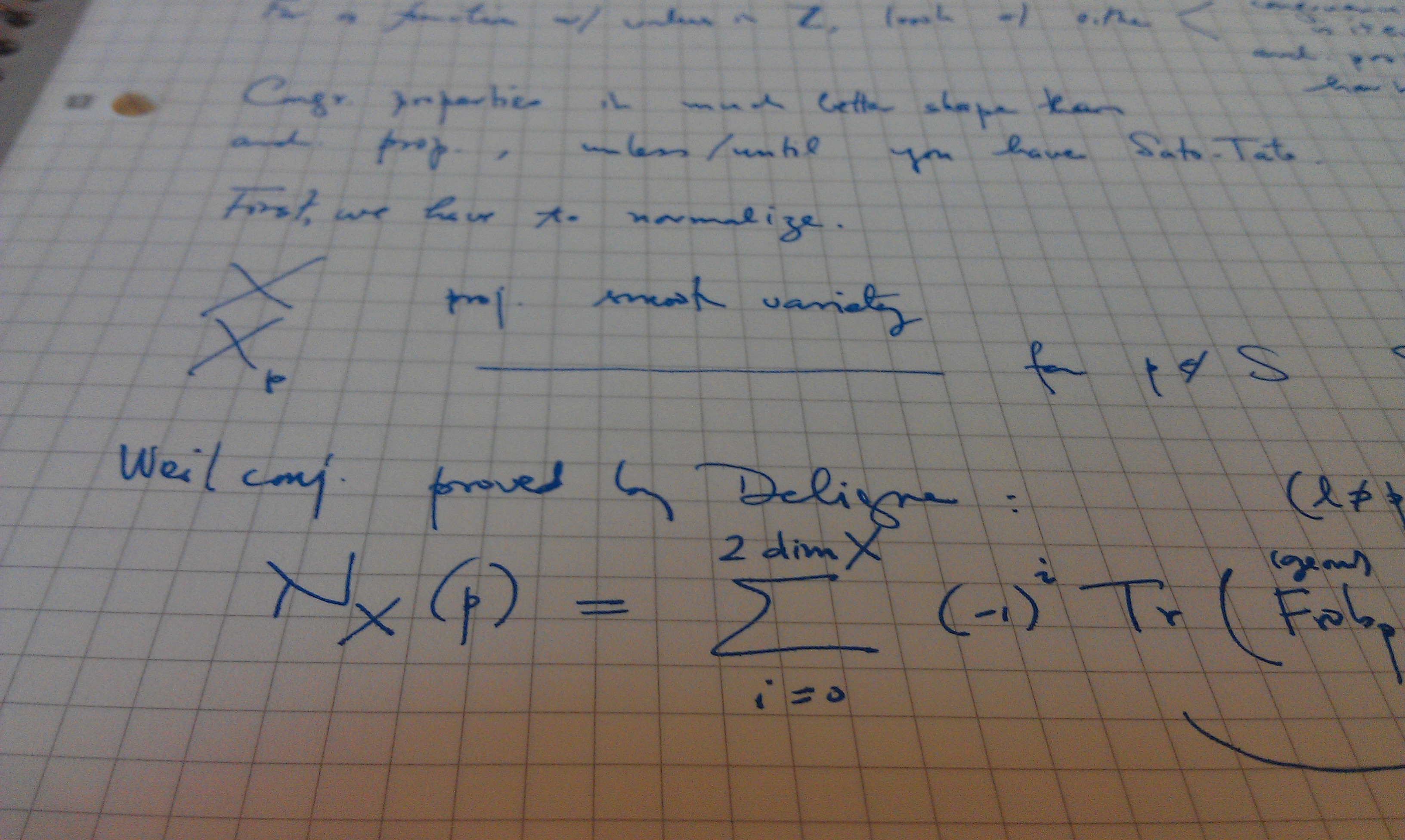Publication Date
2005
Abstract
We demonstrate that time-periodic modulation of the nonlinearity coefficient in the discrete nonlinear Schrödinger equation strongly facilitates creation of traveling solitons in the lattice. We predict this possibility in a semiqualitative form analytically, and test it in direct numerical simulations. Systematic computations reveal several generic dynamical regimes, depending on the amplitude and frequency of the time modulation, and on the initial thrust which sets the soliton in motion. These regimes include irregular motion of the soliton, regular motion of a decaying one, and regular motion of a stable soliton. The motion may occur in both the straight and reverse directions, relative to the initial thrust. In the case of stable motion, extremely long simulations in a lattice with periodic boundary conditions demonstrate that the soliton keeps moving indefinitely long without any visible loss. Velocities of moving stable solitons are in good agreement with the analytical prediction, which is based on requiring a resonance between the ac drive and motion of the soliton through the periodic lattice. The generic dynamical regimes are mapped in the model’s parameter space. Collisions between moving stable solitons are briefly investigated too, with a conclusion that two different outcomes are possible: elastic bounce, or bounce with mass transfer from one soliton to the other. The model can be realized experimentally in a Bose-Einstein condensate trapped in a deep optical lattice.
Volume
71
Issue
6
Recommended Citation
Cuevas, J; Malomed, B A.; and Kevrekidis, PG, "Motion of discrete solitons assisted by nonlinearity management" (2005). Mathematics and Statistics Department Faculty Publication Series. 1093.
Retrieved from https://scholarworks.umass.edu/math_faculty_pubs/1093

Comments
This is the pre-published version harvested from arXiv. The published version is located at http://pre.aps.org/abstract/PRE/v71/i6/e066614